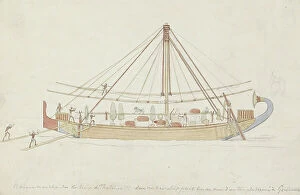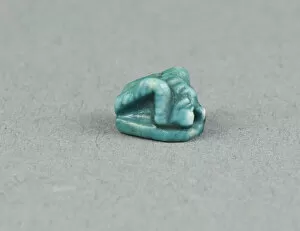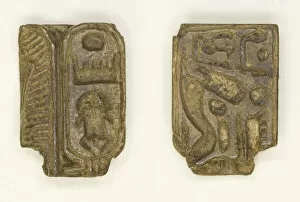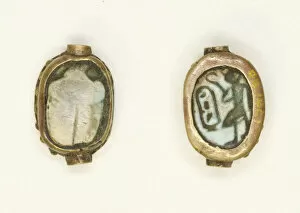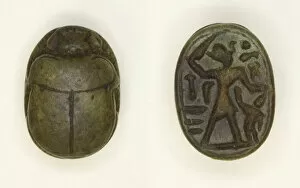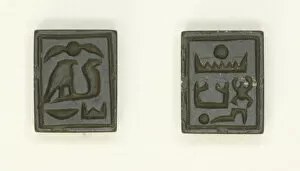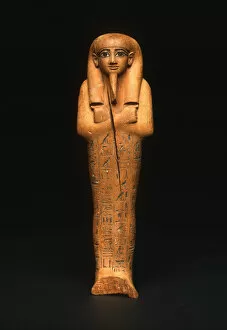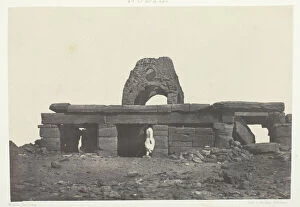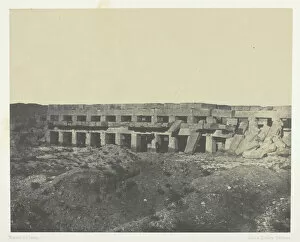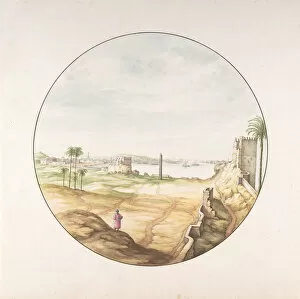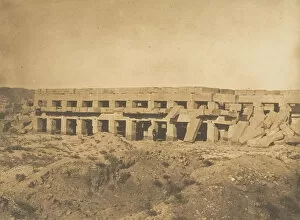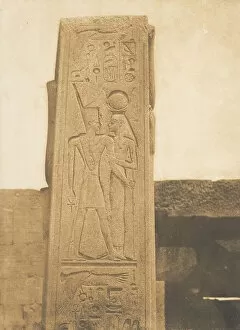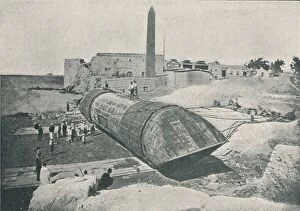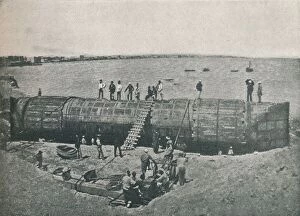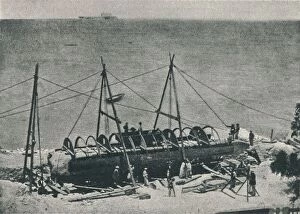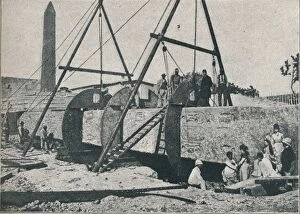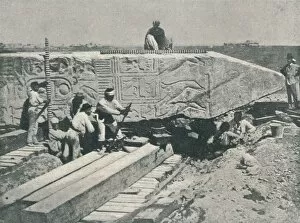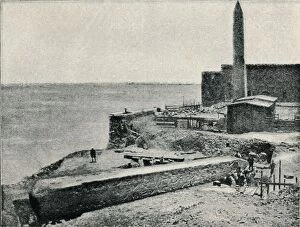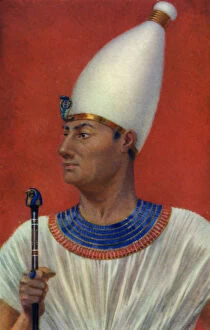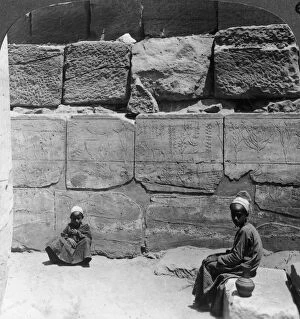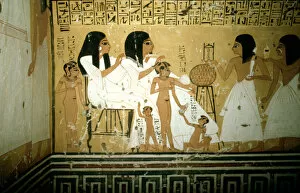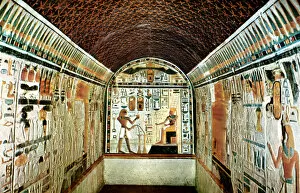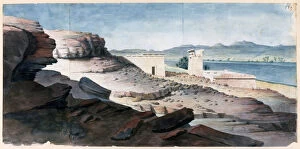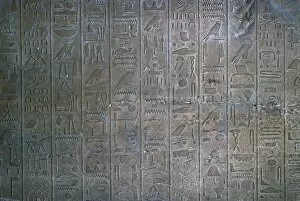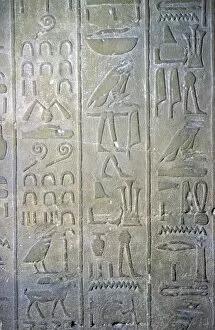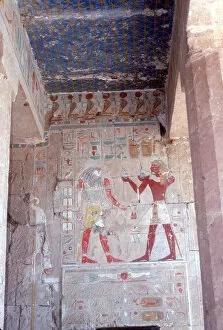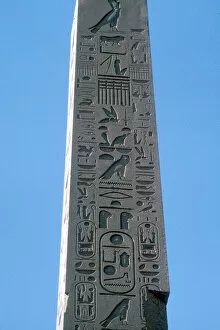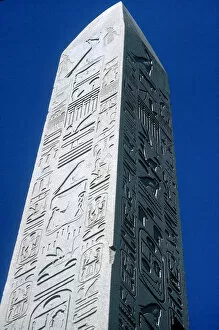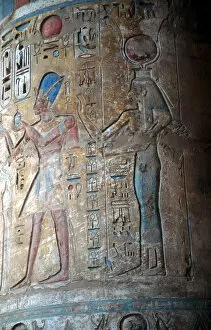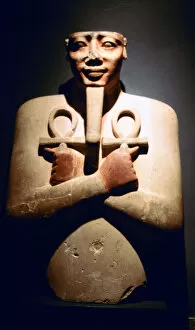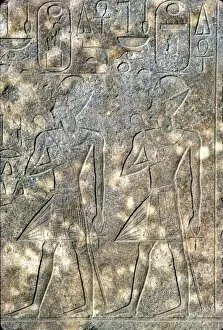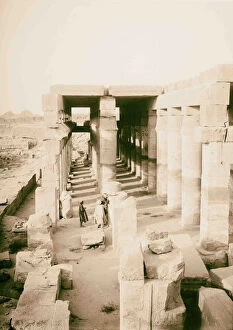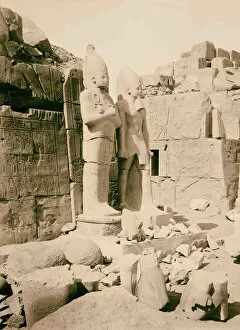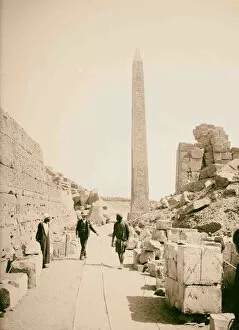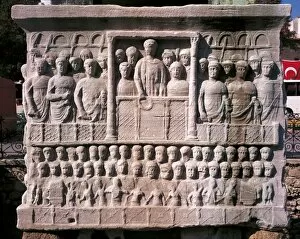Thutmosis Iii Collection
"Thutmose III: The Mighty Pharaoh of Egypt's New Kingdom" Step back in time to the reign of Thutmose III
For sale as Licensed Images
Choose your image, Select your licence and Download the media
"Thutmose III: The Mighty Pharaoh of Egypt's New Kingdom" Step back in time to the reign of Thutmose III, one of the most powerful pharaohs during the New Kingdom era in ancient Egypt. This scaraboid, adorned with a grasshopper motif, symbolizes his connection to nature and fertility. As we delve deeper into his rule, we discover a plaque depicting Menkheperre (Thutmose III) alongside a Sphinx wearing a crown and beard. This artwork showcases his divine status as an Egyptian ruler and highlights his close association with the gods. Another scarab reveals Thutmose III's royal lineage through its cartouche and depiction of a standing king, and is clear that he was not only revered by his people but also recognized as an influential leader throughout Dynasty 18. Moving forward, we encounter yet another scarab bearing the name Menkheperra (Thutmose III), providing further evidence of his enduring legacy during this period. His reign was marked by military conquests and territorial expansion, solidifying Egypt's dominance in the region. A magnificent plaque inscribed with "Menkheperkare, " meaning Chosen of Re, emphasizes Thutmose III's divine mandate to rule bestowed upon him by the sun god himself, and is no wonder that he is remembered as one of Egypt's greatest pharaohs. Intriguingly, we stumble upon a shabti figurine belonging to Nebseni from Dynasty 18. These funerary objects were intended to serve their owners in the afterlife, highlighting Thutmose III's belief in eternal life and ensuring prosperity even beyond death. Exploring architectural marvels associated with this legendary pharaoh takes us on a journey to Temple d'Amada in Nubia. Constructed between 1849-1851 by Maxime du Camp, it stands as a testament to Thutmose III's influence, even centuries later.

